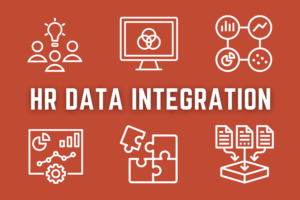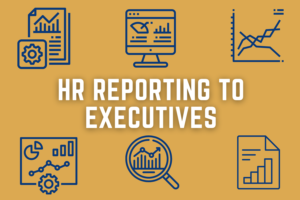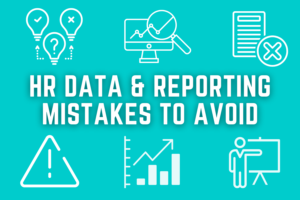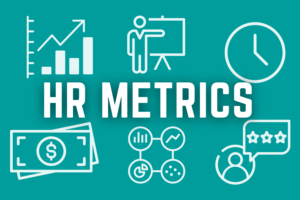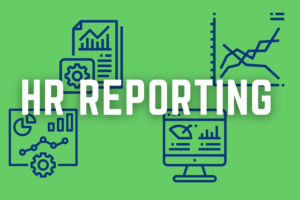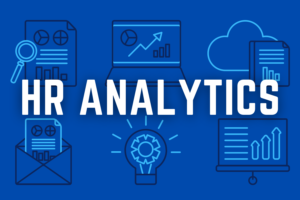Beyond Reporting: Empowering HR Professionals with Actionable Insights
In today’s fast-paced business environment, Human Capital Management (HCM) platforms play a crucial role in helping HR professionals streamline their processes and make data-driven decisions. However, traditional reporting methods often consume valuable time and resources, leaving little room for HR professionals to address critical issues and drive meaningful change. To bridge this gap, modern HCM platforms […]
Read ArticleHR Data Integration: Streamlining Data with HR Technology
A piecemeal approach to technology can lead to some big problems, especially when you’re building an HR system. Sure, you can find a different software provider for every solution, but there’s little hope that they will work together. With HR software, data integration is an essential measure of software compatibility. This is why integrated technology […]
Read ArticleTips for Reporting HR Data to Company Executives & Managers
The HR department must have a good relationship with upper management. Ideally, HR should report to the highest levels of the C-suite, such as the CEO and CFO. When margins get tight and somebody upstairs wants to cut bonuses or benefits, does your HR team have the data to advocate for employees with a compelling […]
Read ArticleThe Biggest HR Data and Reporting Mistakes to Avoid
A lot goes into HR data, analytics, and reporting. Advanced HR software can improve accuracy and efficiency, but how do you know whether HR analytics will be a smart investment for your company? To better understand the numerous uses and benefits of HR data and reporting, ask yourself the following seven questions. How will HR […]
Read Article10 Critical HR Metrics for Human Resource Management
Though seemingly routine to outsiders, everyday HR tasks are critical to keeping a business running. While its importance is never questioned, how do you set goals and measure the success of your HR processes? Like all departments, there are several critical HR metrics that help determine the effectiveness of HR tasks and initiatives throughout your […]
Read ArticleHow Technology Makes HR Reporting & Analytics Easier
What’s so important about HR analytics and HR reporting? Like everything HR-related, it’s all about people. The most important ingredient in your company’s success is the people who work there, and analytics can help you empower workers while improving overall efficiency. Combine diverse sets of data to produce insights for better supporting employees as well […]
Read ArticleHR Analytics: What do Data & Reporting Mean for Human Resources?
The term “analytics” gets tossed around carelessly these days. Like tech companies talking about “artificial intelligence” or job applicants’ not-so-clever use of “proficient in Microsoft Word,” people can use the term “analytics” to mean just about anything. For HR analytics to be worthwhile, they must provide useful insights for your business and in-depth analysis of […]
Read Article

